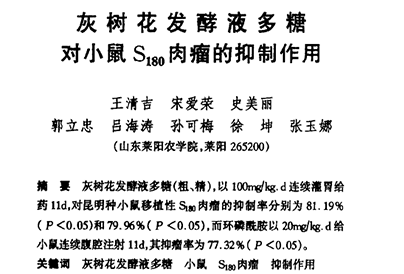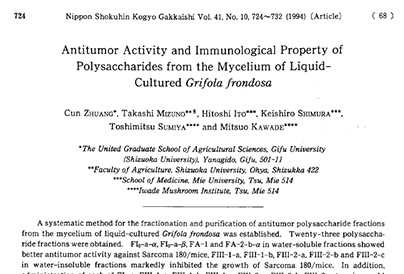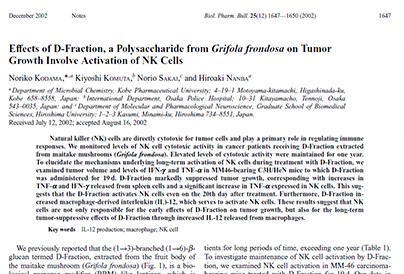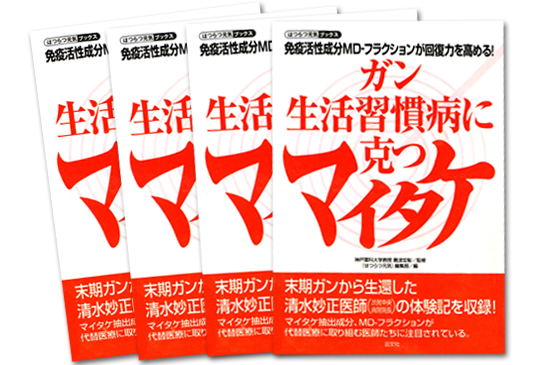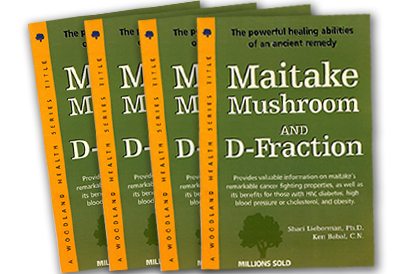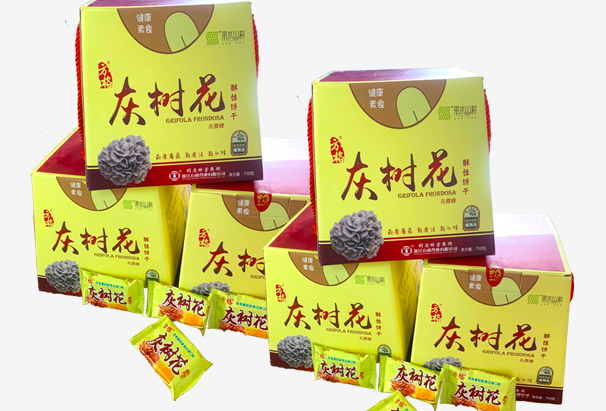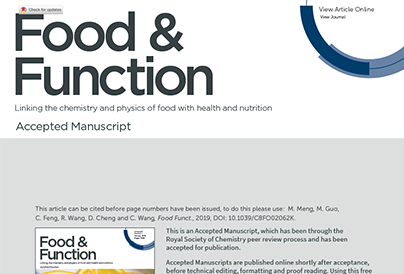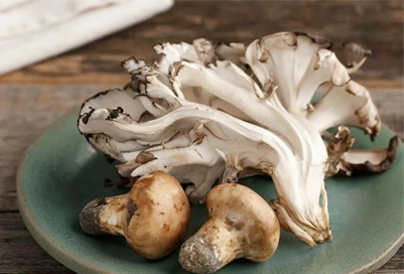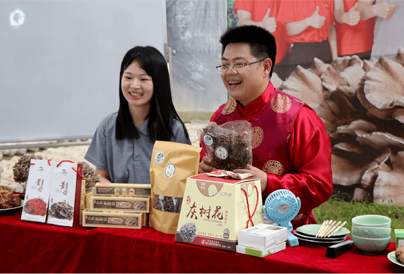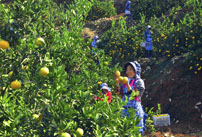Chinese food culture can be said to be very broad and profound, the Chinese nation is a nation that pays attention to eating. In China, people believe that food is the most important thing for the people. What Chinese people eat is not only food, but also culture. Whether it is the top ten famous cuisines at home and abroad, or the diverse and rich food culture, we can see the love of Chinese people for food. And this kind of eating culture is also reflected incisively and vividly in mushroom dishes.
Mushroom dishes are popular because of their unique taste and rich nutritional value. They are served together with scaly seafood, feather meat, melons, fruits and vegetables, aquatic products and other meat and vegetable foods, giving birth to a splendid Chinese food culture. And people have a very long history of mushroom food, and the mushroom food culture is also very rare.
In Chinese cuisine, mushroom dishes refer to the dishes made with mushrooms, Lentinus edodes, pine mushrooms, mouth mushrooms, straw mushrooms, Flammulina velutipes, Hericium erinaceus, Maitake, etc. Mushroom vegetables are popular with people for their delicious taste, dual-purpose medicine and food, high nutritional value. The formation and development of Chinese mushroom dishes are deeply influenced by the products of customs and people's material and spiritual life. After 3000 years of evolution and enrichment, a unique mushroom dish culture has been formed.
There are four main parts in the history of Chinese mushroom culture.
The first is the "Royal mushroom dish" which has gradually become popular among the royal family since the Zhou and Qin Dynasties. After the establishment of the capital of the Zhou Dynasty, China's royal food system has begun to take shape. The royal banquet is "the master before eating, presenting the delicacies, feeding the eight tripods, and listing the nine tripods in taste", which is extremely extravagant; and the food must be exquisite, "meeting the peculiar smell of the world, learning that it is in the imperial kitchen". In Shangshu Yugong (about 770 BC), fungi have been listed as the local products of Luoyue (now south of Zhejiang, north of Vietnam) tax tribute, which is the food admired by slave owners and nobles. According to the book of rites, neize (300 BC), "if you eat more, you will be ashamed to have Zhile". It can be seen that the Zhou royal family has already used mushroom as the treasure of cooking.
In ancient Chinese books, many stories about the feudal rulers' preference for fungi are recorded: gaoze (550-559), the emperor of Wenxuan in the Northern Qi Dynasty, once set up a "lingxu banquet" to take fragrant fungi for food. There are copper nail fungus and hyphomycete in taste. In the Southern Song Dynasty, both Zhao Zhen and the empress of Li Zong were fond of eating mushrooms from Tiantai. Zhu Youxiao, Emperor Xizong of the Ming Dynasty, liked to eat chicken mushroom. He often used the post station to send it to the capital, even the queen Zhang could not accompany him. (Qianyu). The royal family of the Qing Dynasty, with the habit of loving fungi of the Manchu people, not only ate regularly, but also kept the records of the imperial dining room on the record of the case: at the end of the first three years of Qianlong's reign, at the end of Shengjing Festival, at the end of the four seasons, at the end of the small dishes, at the end of the Empress Dowager's 60th anniversary (the first historical archives of China) we can see that mushroom dishes play an important role in court dishes.
The main characteristics of court mushroom dishes are rare, luxurious and beautiful in shape. Besides Tricholoma, most of the raw materials used are Hericium erinaceus, tremella fuciformis, Cordyceps sinensis and other rare species at that time. In terms of production, they pay attention to both shape and taste, and are magnificent. Moreover, the dishes are gorgeous in name and brilliant in style. More famous such as "Yubi Hericium", "Yipin Tremella", "mushroom fat duck" and so on, are the best of mushroom dishes.
The second is the "government food" formed on the dining tables of noble literati since the Tang and Song dynasties. After the Ming and Qing Dynasties, the family of Zhong mingdingshi and zanyingshi often used a lot of money to recruit famous chefs to show off their advantages in entertainment. The Confucius Mansion in Qufu, Shandong Province, is a rich and powerful mansion formed under special historical conditions. When emperors, relatives, and officials offered sacrifices to Confucius, most of them were accompanied by chefs. As a result, the meals of Confucius Mansion absorbed the skills of imperial chefs and noble cooks, forming a unique "Fu cuisine". Among the main dishes of Confucius banquet, many famous mushroom dishes, such as "mushroom and shrimp", "mushroom and dried fish", "monkey head" and "stewed Tremella", are still common in modern recipes. Confucius food custom, after the cake, there must be matching soup dishes, such as "shark fin dumpling" is accompanied by "mushroom soup" or "tremella soup". In the modern banquet of Shandong cuisine, the style and making method of mushroom dishes are still ancient. Yuan Mei, a famous poet and gourmet, created "Suiyuan cuisine", whose cuisine pays more attention to aesthetic taste and has a deep knowledge of mushroom dishes, such as "stewed chicken with mushroom", "stewed chicken with mushroom", "stewed mushroom with agaric fungus", "fried mushroom with chicken legs", "small pine mushroom", "Morchella" and "plain noodles with mushroom", which is mainly pure and elegant and learned by later generations.
The third is "temple food" or "vegetarian food" gradually formed with the development of Buddhism and Taoism. The prosperity of Taoism and the introduction of Buddhism had an important influence on the prosperity and improvement of mushroom dishes. Taoist fasting originated earlier, which is related to the belief that ancient sacrifice must "fast to remove ghosts and gods" (Book of rites · Quli). In Xuanmen Dafa and Zhengyi fawen, it is stipulated that "vegetables are like vegetables, and all fat shields should be abandoned", which is a "pure rule" that believers must abide by. Taoism worships immortals and believes that they are pure and elegant, neat and solemn. Therefore, the worshipers are required to bathe and dress before the sacrifice, not to eat meat and fish, but to clean their mouth and body to show their piety. Yuanmiaoguan in Nanyang City, Henan Province, "the flourishing garden pavilion, a county, Huangguan line live, often hundreds of people." Daoguanzhai cuisine is famous for its rigorous selection of ingredients. Liu Ruoyu of the Ming Dynasty said in the history of the Ming Palace: good diet: "vegetables are the chicken in southern Yunnan, while mushrooms in Wutai, such as smallpox, Morchella, Coprinus comatus, silver plate, etc., are all famous products for a time.
At the beginning of the introduction of Buddhism, although monks fasted, the prohibition of eating meat and fishy food was not strict. Until the Tang and Song Dynasties, meat and fishy food were strictly prohibited. Therefore, all blend into one harmonious whole. In the temple, the temples are served with a vegetarian diet, and they begin to be vegetarian. They are skilled in cooking, and have the essence of melting the whole course. They gradually develop the perfect dish, called "temple food", "vegetarian dish" or "vegetable dish". The main raw materials of temple dishes are "three mushrooms and six ears" and bean products. Therefore, mushroom dishes become a unique branch of temple dishes. There are many famous temples and ancient temples with a long history in China. Almost every temple or Taoist temple has one or two famous and enduring mushroom dishes. Guiyuan temple in Wuhan is well-known for its ability to make hieroglyphic dishes. Luohan shangshou is made of Flammulina velutipes and Tricholoma matsutake. It is not only magnificent, but also delicious. The monks in Hangzhou not only make mushroom dishes nutritious food, but also name some animals, such as vegetarian goose, vegetarian chicken, and Su Chun Zhai in Lingyin Temple. The monks in Fuzhou also put mushrooms and dog meat together to make famous dishes such as "Buddha jumps over the wall", giving monks reasons to eat meat.
The fourth is the "market vegetarian" gradually formed with the rapid development of commodity economy after the Tang and Song dynasties. In the works such as menghualu in Tokyo, menglianglu, Jisheng in the capital and fanshenglu in the old man of Xihu, which reflect the urban life style of the two capitals in Song Dynasty, we can see the Fansheng picture of "the four signs are as bright as the clouds" and the merchants are "parallel shoulders and radiating". The mushroom dishes listed in the book in restaurants and snack shops are "fried chicken mushroom", "milk mushroom" and "dried mushroom with bamboo shoots". After the Yuan Dynasty, under the influence of Mongolian food customs, there were more kinds of mushroom dishes in the menu. In the Ming Dynasty, there were many big cities with "lights of thousands of families". The trend of entertainment and banquets became more and more extravagant, which also stimulated the improvement of mushroom cooking technology. It was reflected in Yangzhou Huafang Lu, tianchu juzhenmiao cuisine collection and other cooking classics, and also showed the development level of mushroom cooking at that time. During the Qianlong and Jiaqing periods in the middle of Qing Dynasty, it was known as the "prosperous age of Qianlong and Jiaqing". Due to the development of commodity economy, Chinese cooking technology reached a new height.
During the development of palace dishes, government dishes, market vegetarian dishes and fungus dishes in Temple dishes, hundreds of rivers converged and integrated with each other. After the middle of the Qing Dynasty, the cooking level of Chinese mushroom dishes reached maturity and the styles became more abundant. In the past, most of the dishes were made from local materials, and the cooking was simple and the variety was not complicated. At the end of Qing Dynasty and the beginning of Ming Dynasty, the Manchu and Han banquet, which was originally a grand state banquet in Kangxi period, was not only supplemented and updated in the folk circulation. In the whole banquet of Manchu and Han Dynasties, there are "Furong Dictyophora", "braised Hericium erinaceus", "deer tendon with mushroom", "sliced fish with mushroom", "sea cucumber with mushroom", "chicken breast with Tremella", "duck feet with mushroom" All of them are the best of mushroom dishes, which fully embodies the characteristics of Chinese cuisine.
In the development history of mushroom dishes, it was not only popular in China, but also in foreign countries. It is speculated that as early as 10000 years ago, Native Americans began to collect and eat mushrooms. It was recorded in ancient Egyptian hieroglyphs 4600 years ago. The delicious mushroom attracted the ancient Egyptian Pharaons, so they ordered it as a royal tribute, and ordinary people could not eat it, which ensured that they enjoyed all the mushroom.
European and American nobles also highly praised edible fungi. As early as more than 2000 years ago, Europeans in the Mediterranean region had records of eating black truffle. At that time, people believed that eating black truffle could add vitality. The Pope first led the trend of eating black truffle, and then the royal nobles of France, Spain and other countries vied to follow suit. For hundreds of years, eating black truffle was very popular in Europe, especially in France, Italy and Spain.
In the United States, mushrooms are known as "God's food.". American people mainly eat white mushrooms and brown mushrooms, while a few people eat Lentinula edodes, while Pleurotus eryngii, Pleurotus nebrodensis, Maitake, Hypsizygus marmoreus, Pleurotus eryngii, Agrocybe aegerita, Lentinula edodes, Pleurotus ostreatus, Hericium erinaceus are rare species. Chester County, Pennsylvania, is known as the mushroom capital of the United States. More than half of the mushrooms in the United States are produced here.
Switzerland is rich in mushrooms because of its topography and lush forests. With such a unique prerequisite, there is no lack of love for mushrooms. There are many kinds of mushrooms in Switzerland. Switzerland's love of mushrooms is different from that of other countries. Apart from being keen on eating, their picking mechanism and identification are more strict and formal, so they are more comfortable to eat.
Mushroom eating is also very popular in other European and American countries. If you have black truffle, you have white truffle. Because of its rarity, French black truffles are called "black diamonds", while Italian white truffles are called "Platinum". In fact, many European and American countries have their own mushroom, such as the German population's delicious chicken oil fungus, the French eye's delicacy Morchella, Italian life everywhere in the delicious Boletus. Amazingly, the average life expectancy of these countries is generally longer, which has something to do with their frequent consumption of mushrooms.
When it comes to mushrooms, of course, we have to talk about our neighbor Japan, which has been known as the world's longest living country for 20 years. It is a magical country that practices eating mushrooms very much. The Japanese have a special preference for mushrooms, especially matsutake and matsutake. Every time when matsutake and velvet antler are on the market, the food sales layer of all supermarkets or large department stores will create the most eye-catching position for them to attract customers. Although matsutake and matsutake are expensive, the Japanese still enjoy it. In Japanese words, "they are as precious as our lives."
As the world's largest producer and exporter of edible fungi, most of them are exported to Japan, South Korea, Europe and the United States, which shows that fungi occupy a very important position in people's diet. In recent years, the nutritional value of edible fungi has been recognized by more and more people.


